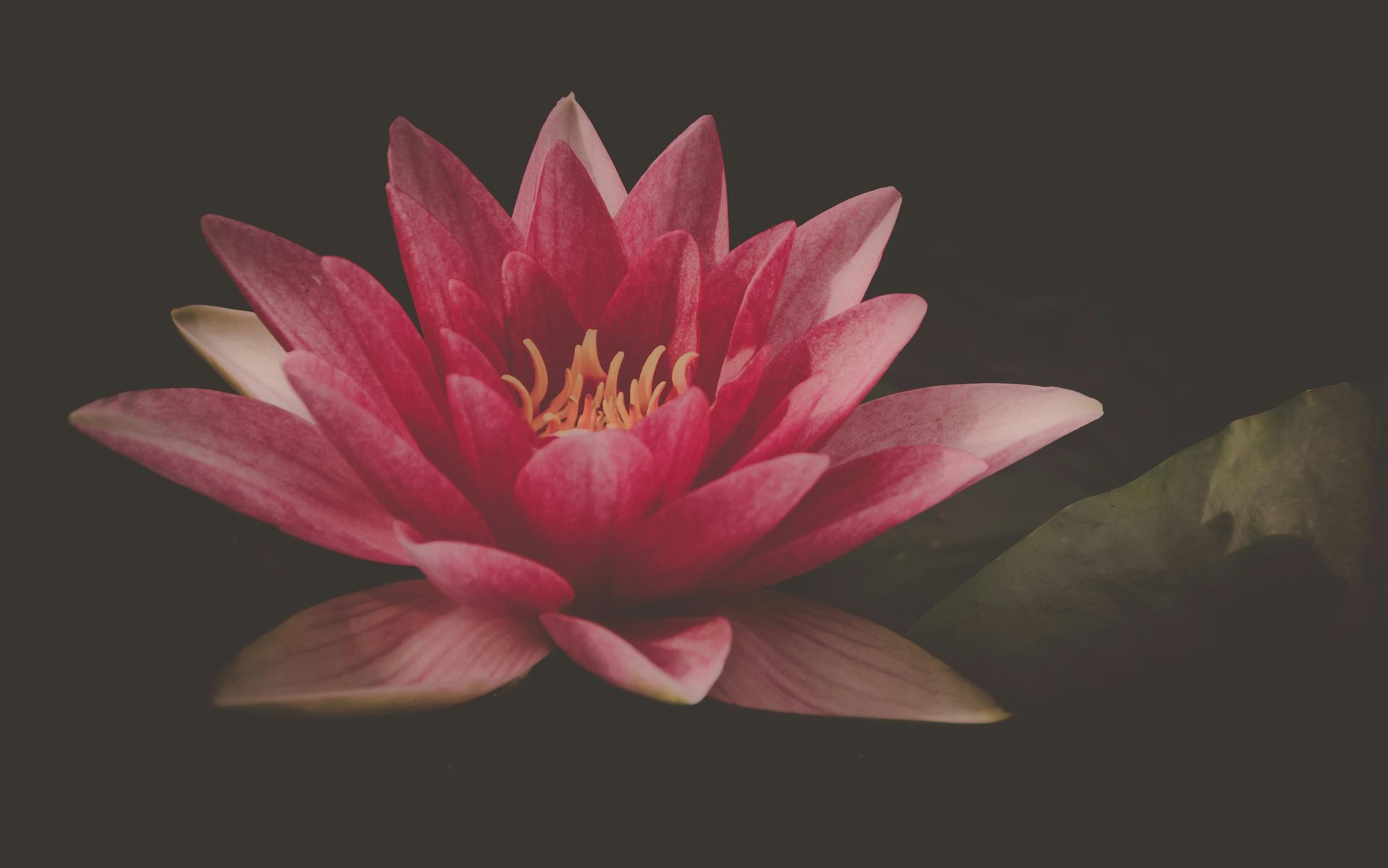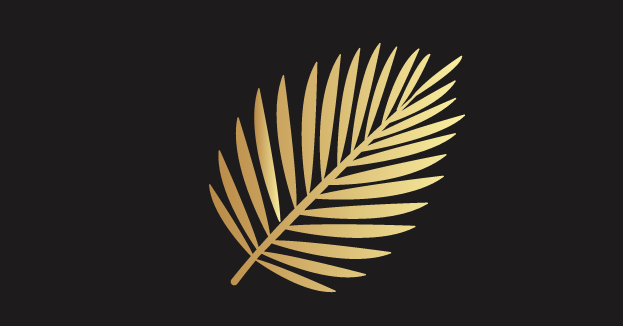The Ancient Origins of Thai Massage: A Journey from India to Thailand
Thai massage, or Nuad Thai, is a revered healing practice with a rich history that traces back over 2,500 years. Though widely associated with Thailand, its origins are deeply intertwined with the ancient traditions of India, where Ayurvedic medicine and Buddhist teachings played a crucial role in shaping its principles.
The Indian Roots of Thai Massage
The origins of Thai massage are attributed to Doctor Shivaga Komarpaj, a legendary physician who lived in India around the time of the Buddha. Jivaka, often referred to as the "Father Doctor," was known for his deep knowledge of herbal medicine, Ayurveda, and therapeutic touch. He was a close associate of the Buddha and treated both him and his disciples with his healing techniques.
As Buddhism spread from India to Southeast Asia, monks carried these healing practices with them. When Buddhist teachings reached Thailand, the knowledge of Ayurveda, yoga, and acupressure blended with local healing traditions, giving birth to what we now know as Thai massage.
The Unique Blend of Healing Traditions
Unlike Western massage techniques that primarily focus on muscles and soft tissues, Thai massage is rooted in the concept of energy lines, known as "Sen" lines. These lines are similar to the nadis in Ayurveda and the meridians in Traditional Chinese Medicine. Practitioners believe that by applying pressure, stretching, and rhythmic movements along these energy pathways, they can restore balance to the body and mind.
Thai massage also incorporates assisted yoga-like stretches, which increase flexibility and enhance energy flow. This is why Thai massage is often referred to as "lazy man's yoga"—the practitioner gently moves the recipient into different postures, promoting relaxation and mobility.
The Evolution of Thai Massage in Thailand
Over centuries, Thai massage evolved into a structured system taught and practiced in temples and healing centers. One of the most famous institutions preserving this tradition is Wat Pho in Bangkok, which serves as a hub for learning and practicing authentic Thai massage techniques. Another renowned institution is ITM (International Training Massage School) in Chiang Mai, which is globally recognized for its comprehensive training in traditional Thai massage. The knowledge has been passed down through generations, maintaining its integrity while adapting to modern therapeutic needs.
The Global Influence of Thai Massage
Today, Thai massage has gained international recognition as a holistic therapy that relieves tension, improves circulation, and restores balance. Its unique combination of acupressure, stretching, and energy work has made it a sought-after wellness practice in spas and healing centers worldwide.
Despite its widespread popularity, the essence of Thai massage remains deeply spiritual, rooted in the belief that healing extends beyond the physical body to encompass the mind and soul. Each session is approached with mindfulness, compassion, and respect for the recipient's well-being—a principle that aligns with the ancient Buddhist philosophy of Metta, or loving-kindness.
The journey of Thai massage from India to Thailand is a testament to the power of cultural exchange and the enduring value of ancient healing arts. As it continues to flourish globally, Thai massage remains a bridge between past and present, offering profound healing and relaxation to those who seek it.
At Kama Care Sanctuary, we honor the sacred traditions of Thai massage, ensuring that every session embodies the wisdom and compassion that have defined this practice for millennia. Experience the transformative power of Thai massage and reconnect with your inner balance today.


